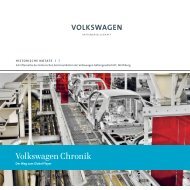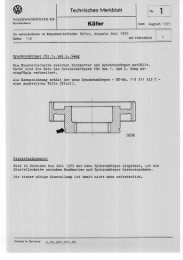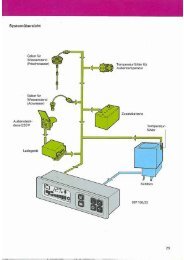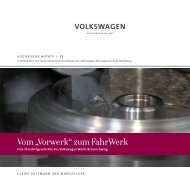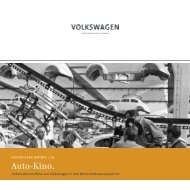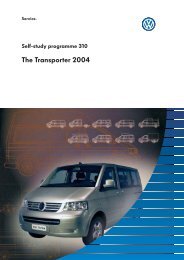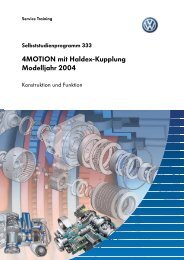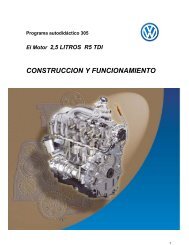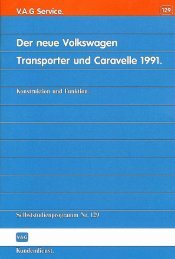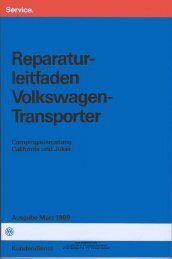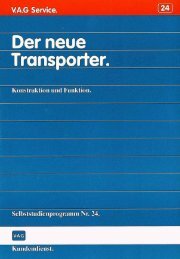HN 2: The British and their Works
HN 2: The British and their Works
HN 2: The British and their Works
You also want an ePaper? Increase the reach of your titles
YUMPU automatically turns print PDFs into web optimized ePapers that Google loves.
This applies as much to the service department set up under<br />
<strong>British</strong> rule as to the quality policy pursued by Senior Resident<br />
Officer Major Ivan Hirst. <strong>The</strong>se were the two major trump cards<br />
held by Volkswagen as it entered the competitive international<br />
market of the 1950s. Furthermore, exports of the saloon, cranked<br />
up due to the currency shortage, soon created a market presence<br />
<strong>and</strong> reputation for Volkswagen in Europe, thereby fostering the<br />
company’s focus on the world market. And finally Hirst, with<br />
his co-operative style of leadership oriented towards industrial<br />
harmony, instituted the democratisation of industrial relations by<br />
welcoming the election of the first democratically authorised<br />
employee representation at the Volkswagenwerk, <strong>and</strong> gave the<br />
workforce an opportunity for c<strong>and</strong>id dialogue via open-door<br />
arrangements. 1 This reconciliation of interests initially reverted to<br />
a kind of "industrial feudalism" 2 under the aegis of patriarch<br />
Heinrich Nordhoff, while in 1949 a considerable potential for<br />
extreme right-wing allegiances in the workforce saw like-minded<br />
c<strong>and</strong>idates voted on to the works council for the first time.<br />
Ultimately the establishment of a democratic corporate culture<br />
proved to be a lengthy, chaotic learning process plagued by<br />
conflict. Similarly, setting up series production in the post-war<br />
economy of scarcity was accompanied by tremendous problems<br />
<strong>and</strong> setbacks. Despite the chronic shortages of material <strong>and</strong><br />
labour, on 8th October 1949 the <strong>British</strong> trustees were able to h<strong>and</strong><br />
over a well-established automotive firm that had achieved pole<br />
position, ready to leave its German rivals st<strong>and</strong>ing when the<br />
international race for markets <strong>and</strong> customers began.<br />
For the second edition of this book it seemed sensible to rework<br />
some sections, in order to include knowledge that had come to<br />
light in publications released since the first edition, in particular<br />
the Hirst biography. Furthermore, I wanted to make the style<br />
more fluent, clarify ambiguities <strong>and</strong> remove errors that had crept<br />
in at the time, as a result of the extremely limited editing time<br />
available. Apart from that, the new text is fundamentally the<br />
same as the old.<br />
February 2005 Markus Lupa



